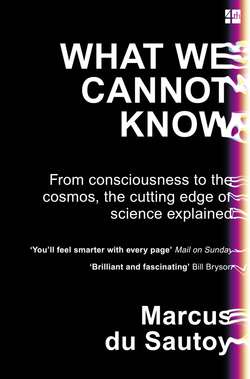Читать книгу What We Cannot Know: Explorations at the Edge of Knowledge - Marcus Sautoy du - Страница 28
KNOWING WHEN YOU CAN’T KNOW
ОглавлениеBorn in Australia in 1938, May had originally trained as a physicist working on superconductivity. But his academic work took a dramatic turn when he was exposed in the late 1960s to the newly formed movement in social responsibility in science. His attention shifted from the behaviour of collections of electrons to the more pressing questions of the behaviour of population dynamics in animals. Biology at the time was not a natural environment for the mathematically minded, but following May’s work that would all change. It was this fusion of the hardcore mathematical training he’d received as a physicist combined with a new sensibility to biological issues that led to his great breakthrough.
In a paper in Nature called ‘Simple Mathematical Models with Very Complicated Dynamics’, published in 1976, May explored the dynamics of a mathematical equation describing population growth from one season to the next. He revealed how even a quite innocent equation can produce extraordinarily complex behaviour in the numbers. His equation for population dynamics wasn’t some complicated differential equation but a simple discrete feedback equation that anyone with a calculator can explore.
